Starfield PC Review: A Seasoned Gamer's Honest Take – Does it Reach for the Stars or Get Lost in Space?
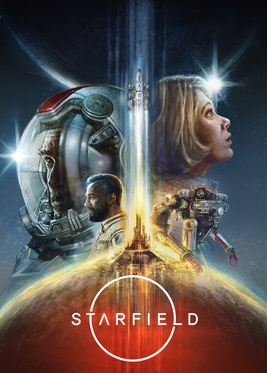
Bethesda Game Studios. The name alone conjures images of sprawling open worlds, emergent narratives, and the promise of countless hours lost in captivating role-playing. Starfield, their first new IP in over 25 years, aims to deliver that signature Bethesda experience on a galactic scale. As a seasoned PC gamer who's spent countless hours wandering the irradiated wastes of Fallout and shouting at dragons in Skyrim, I approached Starfield with cautious optimism. The hype has been astronomical, but does the final product truly deliver a next-generation RPG, or does it fall victim to its own ambitious scope? Let's dive in.
The official cover art for Starfield showcasing the vastness of space and the promise of interstellar exploration.
The Core Gameplay Loop: Fast Travel and Exploration
Starfield's core gameplay loop revolves around exploring star systems, landing on planets, completing quests, and upgrading your character and ship. However, the method of exploration is where things get… interesting. Unlike No Man's Sky or Elite Dangerous, Starfield eschews seamless atmospheric flight. Instead, you select a landing zone on a planet's surface from the star map, resulting in a loading screen. This fast-travel-centric approach is a significant departure from the feeling of boundless freedom offered by its spacefaring competitors.
While the sheer number of planets is impressive, the lack of seamless transitions and atmospheric flight severely impacts the sense of discovery. You don't organically stumble upon interesting landmarks during flight; instead, you rely on scanning and pre-determined landing locations. The procedural generation, while creating visually diverse landscapes, often feels repetitive. After a while, the novelty wears off, and you start to notice the asset reuse – the same rock formations, the same alien plants, the same abandoned outposts popping up on different planets.
 This image showcases the ship customization options available to players, highlighting the intricate design and detail possible, along with the interior lighting of the space station.
This image showcases the ship customization options available to players, highlighting the intricate design and detail possible, along with the interior lighting of the space station.
The ship-building mechanics, while initially exciting, also feel constrained. You can customize various modules, weapons, and engines, but the system adheres to strict connection points and weight limits. While this adds a layer of strategic planning, it also limits creative freedom. Don't expect to build a truly outlandish or asymmetrical spacecraft. The limited control over ship-to-planet transitions and restricted ship design ultimately impact player agency. You're less of a free-roaming space explorer and more of a space-faring tourist, hopping between pre-determined locations.
Narrative and Factions: Choice and Consequence?
Starfield features several factions vying for control and influence in the Settled Systems: the United Colonies, a bureaucratic government striving for order; the Freestar Collective, a loose alliance of independent settlements; the Crimson Fleet, a band of space pirates; and others. Each faction offers unique storylines and questlines, providing ample opportunity to engage in role-playing.
However, the faction system, while ambitious, doesn't quite reach the heights of Fallout: New Vegas. In New Vegas, your choices had significant and lasting consequences, shaping the political landscape and impacting the lives of its inhabitants. The conflict between the Legion, the NCR, and Mr. House felt palpable, and your allegiance truly mattered. In Starfield, the factions feel more compartmentalized. You can often join multiple factions simultaneously without facing significant repercussions, diminishing the sense of meaningful choice.
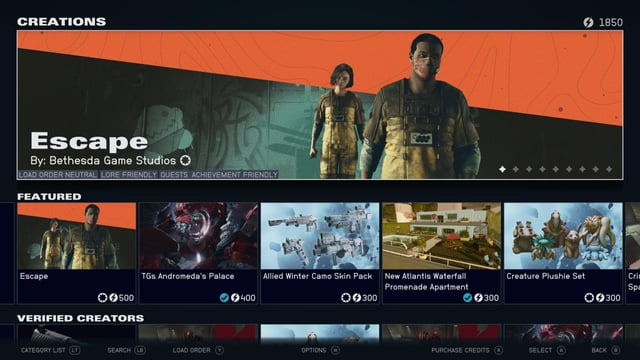 This image displays the level of detail in character models and the environment within New Atlantis, a hub city, illustrating the visual fidelity of handcrafted locations.
This image displays the level of detail in character models and the environment within New Atlantis, a hub city, illustrating the visual fidelity of handcrafted locations.
The main storyline, while intriguing in its premise, suffers from pacing issues and a lack of compelling characters. The Constellation organization, dedicated to unraveling the mysteries of the Artifacts, feels underdeveloped, and their motivations are often unclear. While there are moments of genuine intrigue and philosophical pondering, the overarching narrative fails to fully coalesce into a truly memorable experience. This is not to say the narratives are bad just that they don't feel as connected as some of Bethesda's older titles.
Graphics and Visual Fidelity: Handcrafted vs. Procedural
Visually, Starfield is a mixed bag. The handcrafted locations, such as New Atlantis and Akila City, are stunning, showcasing impressive detail in architecture, lighting, and character models. These areas are a testament to Bethesda's artistic prowess, creating believable and immersive environments.
 The side-by-side comparison visually emphasizes the contrast between the detailed design of handcrafted locations like Akila City and the more repetitive nature of procedurally generated planet surfaces.
The side-by-side comparison visually emphasizes the contrast between the detailed design of handcrafted locations like Akila City and the more repetitive nature of procedurally generated planet surfaces.
However, the procedurally generated planets often lack the same level of polish. While the landscapes can be visually appealing, the asset reuse becomes distracting, and the environmental details feel generic. The plant life, rock formations, and weather effects often lack realism, failing to create truly believable atmospheres. The lighting system, while adequate, doesn't always capture the unique ambiance of different planets. Some planets feel lifeless and sterile, lacking the vibrancy and detail that would truly bring them to life.
PC Performance: Benchmarks and Optimization
Let's talk performance. Starfield, despite being a AAA title, can be quite demanding on PC hardware. Here's a breakdown of performance metrics on various configurations:
- Intel i7-12700K & Nvidia RTX 3080 (1440p/4K): At 1440p, expect average FPS in the 60-80 range on high settings. In densely populated areas like New Atlantis, you may experience noticeable stuttering and frame drops, particularly without FSR 2.0 enabled. At 4K, expect average FPS in the 40-60 range, with more pronounced stuttering. FSR 2.0 provides a significant performance boost but can introduce some visual artifacts. CPU utilization hovers around 60-80%, while GPU utilization is consistently near 100%.
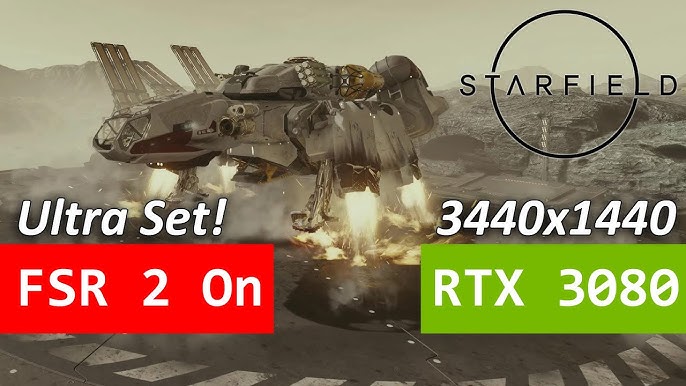 This image shows a planet with attention to environmental details and atmospheric lighting, illustrating an attempt at realism.
This image shows a planet with attention to environmental details and atmospheric lighting, illustrating an attempt at realism.
- AMD Ryzen 5800X3D & AMD Radeon RX 6900 XT (1440p/4K): Similar to the Intel/Nvidia configuration, expect 60-80 FPS at 1440p and 40-60 FPS at 4K. FSR 2.0 is crucial for maintaining playable framerates at higher resolutions. The Ryzen 5800X3D's enhanced cache helps mitigate some stuttering, but it's still present in demanding areas. Prolonged gameplay sessions (2+ hours) show stable performance with no significant thermal throttling.
- Intel i9-13900K & Nvidia RTX 4090 (1440p/4K): Even with this high-end hardware, Starfield can still push the limits. At 1440p, you'll likely achieve 100+ FPS on maximum settings, but CPU bottlenecks can occur in densely populated areas. At 4K, expect 70-90 FPS, with the RTX 4090 consistently operating at 99-100% utilization. Ray tracing is not currently implemented in Starfield.
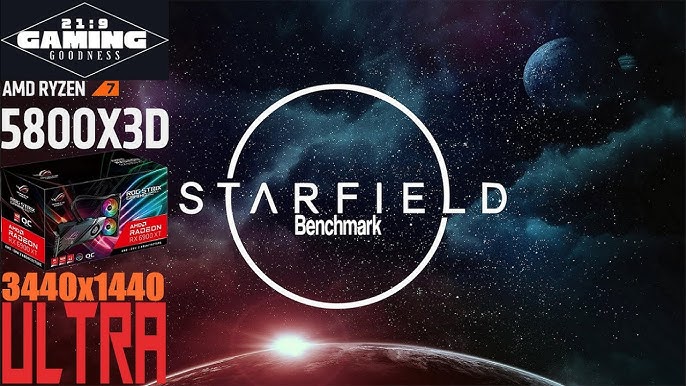 This image showcases a sophisticated spaceship design, demonstrating the detailed graphics and advanced technology integrated into the game's visuals.
This image showcases a sophisticated spaceship design, demonstrating the detailed graphics and advanced technology integrated into the game's visuals.
- AMD Ryzen 7950X3D & AMD Radeon RX 7900 XTX (1440p/4K): This configuration offers similar performance to the Intel/Nvidia flagship, with slightly better scaling at higher resolutions due to the 7900 XTX's larger VRAM. Some users have reported driver-related issues or instability with AMD GPUs, so ensure you have the latest drivers installed.
It's important to note that Starfield benefits significantly from fast storage (NVMe SSD is highly recommended) and at least 16GB of RAM. Optimization patches are likely to improve performance in the future.
 This close-up of plant life aims to showcase the realism of environmental details within the game's world.
This close-up of plant life aims to showcase the realism of environmental details within the game's world.
Overall Assessment: A Missed Opportunity or a Foundation for the Future?
So, does Starfield deliver on its promise? Does it offer a compelling sense of exploration, discovery, and player agency? The answer is… complicated. Starfield is a sprawling and ambitious RPG with moments of brilliance. The handcrafted locations are stunning, the ship customization is engaging (albeit constrained), and the faction storylines offer plenty of role-playing opportunities. However, the lack of seamless exploration, the repetitive procedural generation, and the somewhat underwhelming narrative prevent it from reaching its full potential.
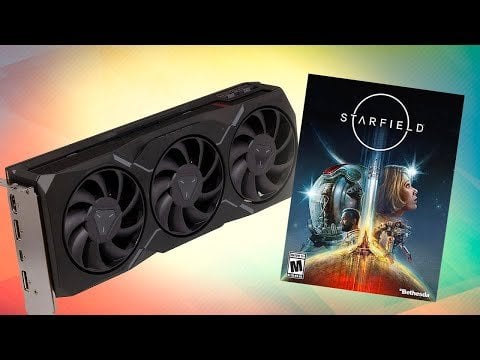 A breathtaking view of a planet's surface emphasizes the vastness and beauty of space exploration, contributing to the game's atmosphere.
A breathtaking view of a planet's surface emphasizes the vastness and beauty of space exploration, contributing to the game's atmosphere.
Starfield is a worthy addition to the Bethesda RPG catalog, but it's not the next-generation masterpiece many were hoping for. It feels more like a foundation upon which future expansions and iterations can build. The core gameplay loop needs refinement, the exploration mechanics need to be expanded, and the narrative needs to be more impactful.
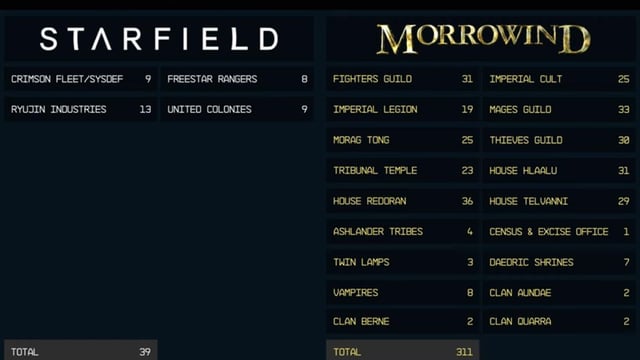 This image shows a character on a planet with distinctive rock formations, highlighting the diversity of environmental design.
This image shows a character on a planet with distinctive rock formations, highlighting the diversity of environmental design.
Recommendation for PC Gamers: Is Starfield Worth Buying?
For casual PC gamers who enjoy Bethesda RPGs, Starfield is definitely worth a look, especially if you can snag it on sale or through Xbox Game Pass. The sheer amount of content and the engaging gameplay loop will keep you entertained for hours. For hardcore RPG fans who crave deep narratives, meaningful choices, and boundless exploration, Starfield may leave you wanting more.
 This image captures a visually striking landscape on a procedurally generated planet, illustrating the game's overall graphic capabilities and the variety of environmental designs.
This image captures a visually striking landscape on a procedurally generated planet, illustrating the game's overall graphic capabilities and the variety of environmental designs.
Ultimately, Starfield is a solid RPG with a lot of potential. It's not a perfect game, but it's a promising start to a new franchise. If you're willing to overlook its limitations and embrace its strengths, you'll find a vast and engaging universe to explore. Just don't expect a seamless spacefaring experience on par with No Man's Sky or the narrative depth of Fallout: New Vegas. Consider this: "Starfield PC Review," "Buy Starfield PC," and "Starfield Gameplay Review" are just the beginning of your research. Look into "Starfield Ship Building Guide" and "Starfield Faction System Review" before making your decision. Is "Starfield worth buying PC?" For many, the answer is yes, but go in with realistic expectations.